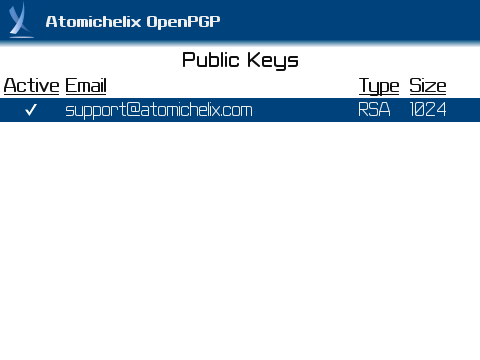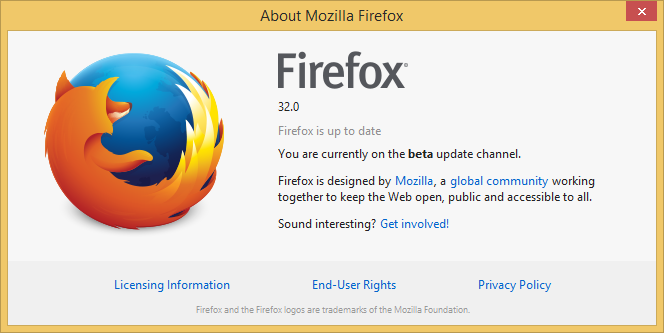Public key pinning expects to lessen the absence of trust connected with advanced authentications and endorsement powers. experts clarifies how it functions and its advantages.
Secured Web?
Secure web correspondence over the Internet depends on the SSL/TLS convention, which utilizes computerized declarations to give validation and encryption. The public key pinning in a Web server’s endorsement is utilized to encode activity to the website, while the declaration distinguishes who possesses the webpage. A site’s authentication is regularly accepted by checking the mark order; MyWebServerCert is marked by AnIntermediateCert which is marked by ARootCert, an endorsement power (CA) root declaration that is trusted certainly by the larger part of working frameworks and programs.
In any case, this chain or order of trust can be traded off, making conventions that depend on declaration chain confirmation like SSL/TLS powerless against different assaults – including man-in-the-middle (MITM) assaults.
To trick a client’s program into believing a site is controlled by an aggressor, the assailant can display a stolen or produced authentication for the site. This has happened an exasperating number of times in the most recent couple of years. For instance, programmers broke into the Dutch CA DigiNotar and issued false yet legitimate authentications for a few noteworthy locales, including Google, Twitter and Yahoo. CAs have additionally accidently issued authentications to the wrong individuals, and some have neglected to take after their own particular arrangements, prompting programmers getting endorsements for areas they don’t possess. These inadequacies in the CA framework are undermining trust in the CA chain of importance of trust.
Public Key Pinning conquers this absence of trust by partner a host with its normal endorsement or public key. It’s like SSH‘s StrictHostKeyChecking alternative as it straightforwardly distinguishes a host or administration by its public key pinning, just trusting testaments marked by a particular declaration. This system for checking a site’s advanced declaration dodges the dangers exhibit in the CA foundation and forestalls man-in-the-middle assaults. Public key pinning in Chrome helped identify the fake SSL endorsement issued by DigiNotar utilized as a part of a MITM assault against Google clients in Iran for instance.
Site directors stick a CA’s testament or public key to their server’s authentication – if more than one declaration or public key is adequate, they are held in a pinset – a rundown of worthy endorsement powers for taking part locales. This permits programs and different applications to watch that a server’s authentication is marked by a specific whitelisted CA as opposed to depending on testament tie check to accept it. This check is done amid the testament confirmation period of the association, before any information is sent or prepared by the program. Thus, for instance, Chrome right now just acknowledges testaments for Google spaces from Verisign, Google Internet Authority, Equifax and GeoTrust notwithstanding different CAs being recorded as confided in the program’s declaration store.
Public Key Pinning Firefox 32
Beginning with Firefox 32, Mozilla’s program has public key pinning on as a matter of course and incorporates an implicit pinset. Further spaces will be added to this rundown in fresher variants; you can see the full rundown of stuck areas and rollout status here. While Web managers can include support for sticking with the Public Key Pinning Extension for HTTP, dynamic pinsets are not yet bolstered by Firefox or other significant programs as the rundown of worthy authentication powers for each stuck space still must be preloaded at application fabricate time. Microsoft has public key pinning under thought for consideration in Internet Explorer.
Learn about fake HTTPS certificates from here
Decreasing the quantity of powers that can confirm an area amid the lifetime of a pin and confirming an authentication’s status with an autonomous check of an endorsement or key gives more grounded certification that the site is the genuine site the client planned to visit. It will likewise stop the misuse of endorsements that ought to never have been issued, and decrease the frequency of MITM assaults because of traded off CAs.


